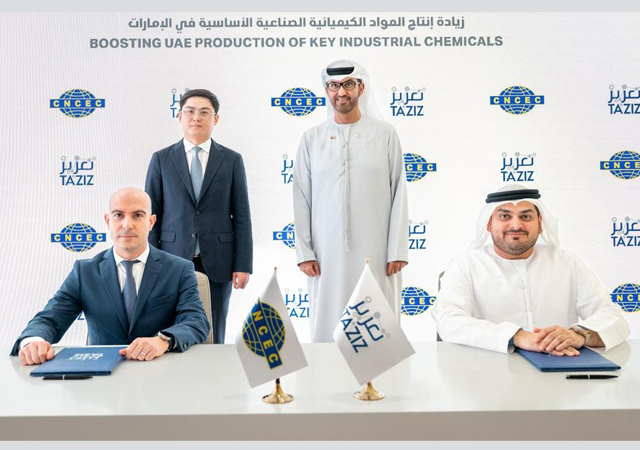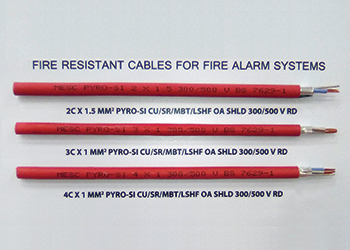
 A fire resistance test... conducted on a door.
A fire resistance test... conducted on a door.
ABHISHEK CHHABRA* provides an insight into certain aspects of fire testing and certification of materials used for passive fire protection which, if missed, provides an opportunity to material suppliers to get away with unsafe materials.
Fire safety engineers who are entrusted to design fire safety into buildings use a combination of two types of fire protection methods – active and passive.
he active fire protection methods use various products like smoke detectors, annunciators, sprinklers, etc which are actively seeking fire to erupt. They come to do their jobs of detection, indication and extinguishing fire once they sense it.
Passive fire protection use materials and products that don’t ‘do’ anything: it is their inherent properties that ensures that once a fire occurs, it does not spread quickly; they emit a limited amount of smoke and work to contain the fire within the confines of the area they are designed to protect. Passive fire protection works on the principle of compartmentalisation and prevention of fire.
 |
|
Fire doors certified by Thomas Bell-Wright International Consultants have unique stainless steel labels for each fire door manufactured to identify the doors. |
For successful compartmentalisation to occur, the walls, openings (doors, windows), louvres, ducts, flooring, roofing, etc need to have a fire resistance rating. This means that they are capable of resisting (or containing) a fire for a specified duration (known as the rating). Building codes define these fire ratings in hours depending on the type of building (by occupancy type – hotels or hospitals or schools or commercial buildings of residential buildings, etc) and the average number of people in the building (also referred as occupancy load).
Building codes are set forth by government authorities (like civil defence, fire brigade, municipalities, etc) and define the minimum standards of quality and performance that products and materials used in buildings need to demonstrate. For example, there is the Saudi Building Code in Saudi Arabia; the UAE Life and Fire Safety Code of Practice in the UAE; and Qatar Construction Specifications (QCS) followed in Qatar.
For successful prevention of fire spread, the reaction to fire of material is quantified by classifying the behaviour of the material. Many regions and countries in the world have written test methods and standards which define how to quantify the behaviour of materials.
Compliance testing
Compliance to ‘resistance-to-fire testing’ is demonstrated by conducting a fire resistance test. This is done by installing the partitioning element in a frame which is placed in the front or top of a furnace. Such a test can be conducted to North American, European or British Standards (these vary slightly in the way the tests are conducted). They reach around 650 deg C in 10 minutes and almost 1,200 deg C in four hours. These tests are used to define the fire resistance rating of doors; partition walls, including glass walls and glazing; penetration seals; garbage chutes; and fire dampers, etc for a period of time as described above.
Common examples of results of such a test would be: one hour fire-rated wooden door as per BS 476 Part 20 and 22; two hours fire rated steel door as per UL 10C; and 90 minutes fire rated gypsum wall assembly as per ASTM E119.
Demonstration of behaviour of material to fire or ‘reaction to fire’ can be conducted by various test methods. One of the commonly used test method in this region is the ASTM E84. It uses an apparatus called the Steiner Tunnel, where a sample of the material 7.32 m long and 60 cm wide is placed so that it forms the top of the tunnel, which is then sealed with a lid. A flame is generated at one end and a controlled draft applied. The operator monitors the position of the ‘flame front’ as it progresses along the material in the 10-minute test to obtain a rate of flame spread. At the same time, the density of the smoke given off is measured to obtain a ‘smoke development index’.
The result of the test are used to classify the material (see Figure 1).
The flame spread index (FSI) is a relative indication of the flammability of the test material with respect to a red oak standard. Both the distance of flame spread and the time-rate of flame spread are considered to calculate a flame spread index. Simply put, a reported flame spread index of 25 indicates that a material has approximately 25 per cent of the standard material’s flame spread characteristics.
The smoke developed index is calculated similarly to FSI. It is a number or classification indicating a comparative measure derived from smoke obscuration data collected during the test for surface burning characteristics.
A very wide variety of materials used in finishing, insulation and cladding are tested and their fire behaviour is quantified.
Known loopholes
Buyers and users of materials sometimes lack a complete understanding of how different passive fire protection elements are tested and qualified. Some of the aspects missed by professionals involved in selection or purchase of materials include:
• An understanding of the difference between fire resistant (or fire rated) and reaction to fire (fire proof or
flammable);
• Are the materials/products/systems tested according to applicable standards (like BS 467 part 20 and 22 or UL 10C or UL10B or EN 1634-1 for fire-resistant doors)?
• Have the tests been conducted by laboratories accredited to conduct these tests? National or international bodies like UKAS (UK Accreditation Service), Cofrac in France, DAC (Dubai Accreditation Department) in Dubai and the pan-GCC GAC (Gulf Accreditation Centre) conduct regular audits of test laboratories based on an internationally used standard ISO 17025, which defines how tests are to be conducted and performed. Based on such audits, these bodies authorise test labs to conduct such tests;
 |
|
The two types of fire protection methods. |
• How does the buyer ensure that the materials/products/systems that they receive will be the same as the ones for which the test was conducted? This is the most critical loophole. To assure that the sample submitted for the test was not a one-off (golden sample) material or product produced to pass the test, certification is used.
Certification is a system whereby an independent certification body visits the manufacturing facility, reviews its quality management system (such as, but not necessarily ISO 9001) including its factory production controls, selects the samples to be tested out of production or witnesses their manufacture. It then observes the testing (of the sample selected out of the product lot) and subsequently visits the facility on a regular basis to confirm adherence to the quality management system. As long as the company conforms, the certification is published on the certification body’s website and it is permitted to apply a mark to the product or its wrapping to indicate that it has certification based on testing. In the case of doors, a label is fixed to the door with details of the certification, such as the certification body’s mark, the manufacturer’s name, the time rating, etc.
*Abhishek Chhabra works for Thomas Bell-Wright International Consultants. He has been associated with the compliance industry for the last nine years, having previously worked for various companies in distribution and manufacturing. Thomas Bell-Wright is the only fire testing laboratory and certification body in the gulf region to have multiple accreditations to GAC, UKAS and IAS, and offering certification from its lab-cum-office in Dubai, UAE.














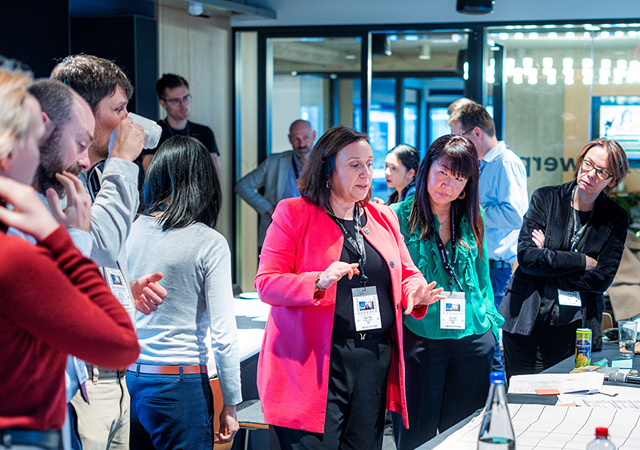


.jpg)

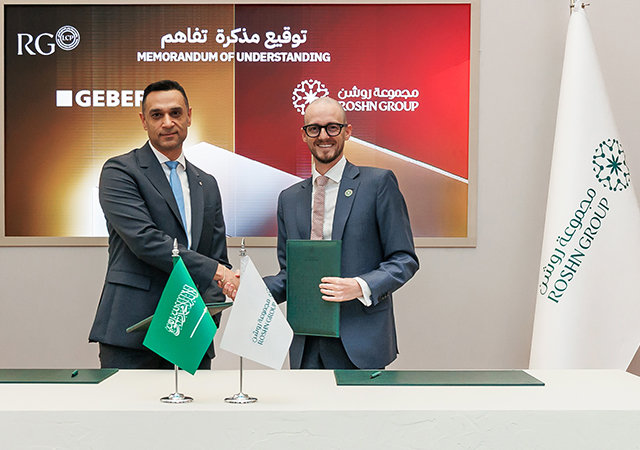
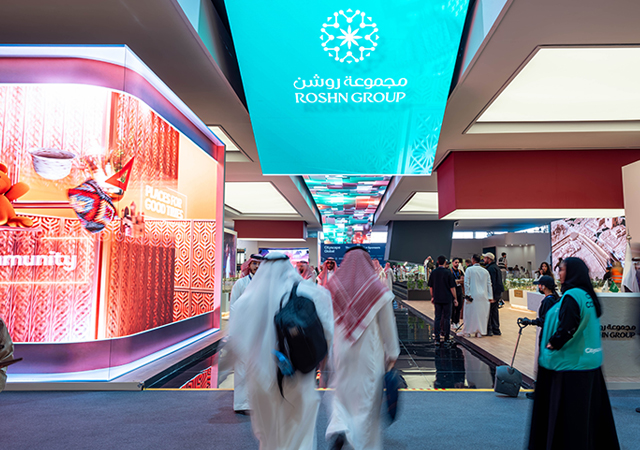






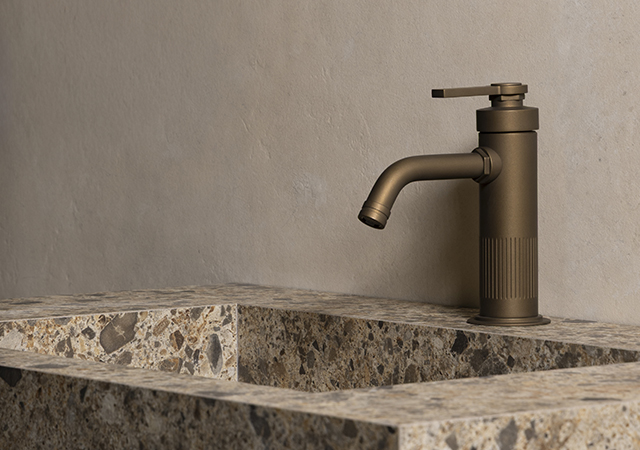



 (1).jpg)




































